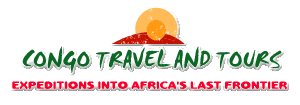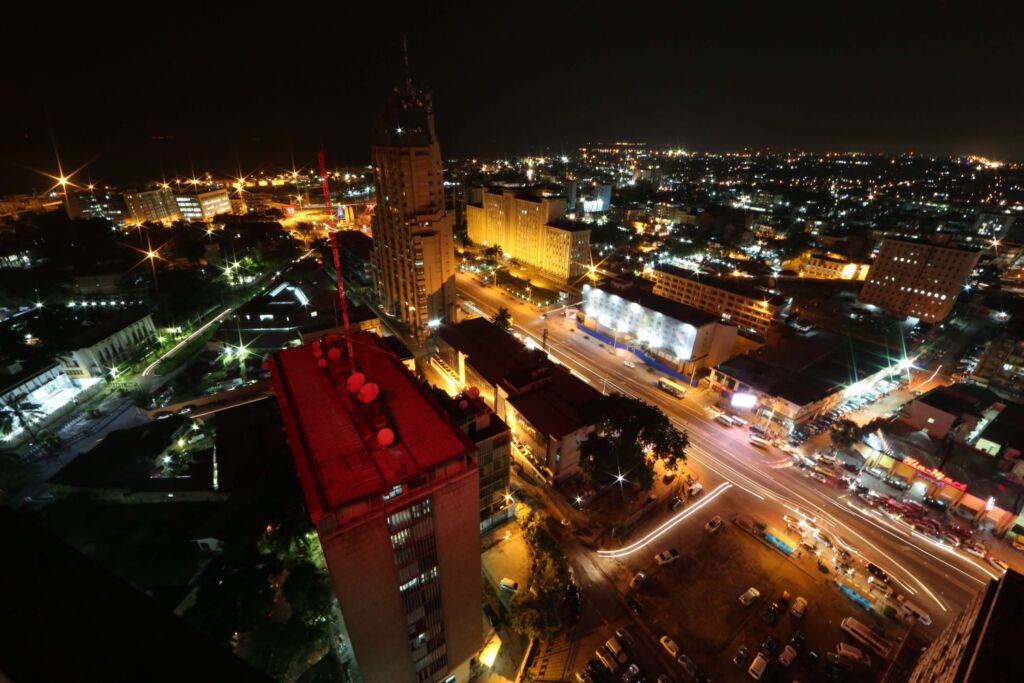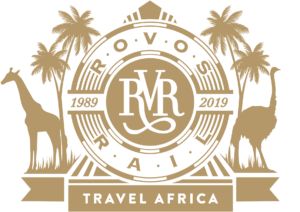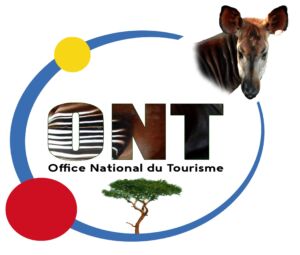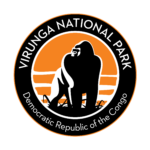Welcome to Kinshasa, the vibrant heart of Congo and one of Africa’s largest and fastest growing cities. At first glance, this metropolis looks like an impenetrable anthill without any logic to be found, but once the initial culture shock has passed, you discover a whole new world, full of hidden sides. We will visit the center with the cathedral, Bilembo and much more. We are also attentive to Congolese culture, and so we visit the Academy of Fine Arts, which is a real village in itself and houses an impressive workshop and exhibition hall. Also on the menu, the new national museum, installed in a beautiful modern building, but also the visit of Lola Ya Bonobo, a reserve of bonobos at the gates of Kinshasa.
We also visit the rapids of the Congo River and a trip down the Congo should of course not be missed. If possible, we will also visit Stanley’s boat which is still in port. In the evening, we will take the time to explore the popular districts of Kinshasa, to taste the local cuisine and also to dance to African rhythms in one of the many clubs in Kinshasa.
We will leave Kinshasa and head north towards the Batéké plateau where we will spend two days by a river and explore the Bombo-Lumene reserve with a lazy afternoon in a hidden abode on the Congo River. We also take a trip to the impressive Zongo waterfalls south of Kinshasa.
We offer two formulas for this trip: budget and midrange. The stay in Bombo Lumene and Zongo is in simple, but correct chalets. However, there is no electricity in Bombo Lumene. In Kinshasa we stay in a simple but clean budget hotel in the middle of the city. If you want a more comfortable and luxurious hotel, we can suggest Rotana or Elais (Belgian property) which are the best hotels in town.
It is important that you realize that traveling to Congo is a special experience that sometimes requires a little patience. You can have decades of experience with safaris and cultural tours in South Africa, Uganda, Ghana or Ethiopia, Congo is something else again. Heavy rain showers, landslides, power outages, an overbooked hotel, a canceled flight, monstrous traffic jams, .. a lot of things can influence the program. It is important to be prepared for this, to be flexible with changes and not to worry. Be sure to bring a powerbank, mosquito repellent, sunscreen, sunglasses, cap, extra towel, bactigel, medicine, wet wipes and a flashlight with enough batteries to avoid a lot of frustration. Don’t forget a good dose of humor and patience!
Make sure that you have been vaccinated against yellow fever and that you have your vaccination card with you, that you have also been vaccinated against COVID and that you have the necessary PCR test results with you if necessary if the airline takes you the request. We are not responsible for delayed or canceled flights. We try to follow the schedule as closely as possible, but keep in mind that this can always change and some flexibility is needed.
Kinshasa was formerly known as Léopoldville and is the capital and largest city of the Democratic Republic of the Congo. It is the largest city in Africa. Once a place of fishing and trading villages along the Congo River, Kinshasa is now one of the fastest growing megacities in the world. It faces Brazzaville, the capital of the neighboring Republic of Congo; the two cities are the second closest pair of capitals in the world (after the Vatican and Rome). The city of Kinshasa is also one of the 26 provinces of the DRC. Since the administrative boundaries of the city-province cover a vast area, more than 90% of the land in the city-province is rural in nature, and the urban area occupies a small but growing portion on the western side.
Kinshasa is the third largest metropolitan area in Africa after Cairo and Lagos. It is also the largest French-speaking urban area in the world, with French being the language of government, education, media, public services and high-end commerce in the city, while Lingala is used as the lingua franca in the streets. Kinshasa hosted the 14th Francophonie Summit in October 2012.
The people of Kinshasa are known as Kinois. The indigenous peoples of the region are the Humbu and the Teke.
Itinerary
Day 1: Arrival in Kinshasa
Our team will meet you and take you to your hotel. (breakfast the next day included)
Day 2: Exploration of the capital
Today’s program includes the rapids of the Congo River and a walk from the mausoleum to the central station by the river. If possible, we will also visit the cathedral and the Academy of Fine Arts. We eat local food at noon. In the late afternoon we rest for a while and in the evening we explore the city. (breakfast included)

Day 3: Zongo
Today we get up very early to leave for Zongo before six in the morning to avoid morning traffic jams. You get a full tour where we visit no less than three different waterfalls. In the evening, we sleep in a charming chalet on the property. Don’t forget your bathing suit and towel! (breakfast included)
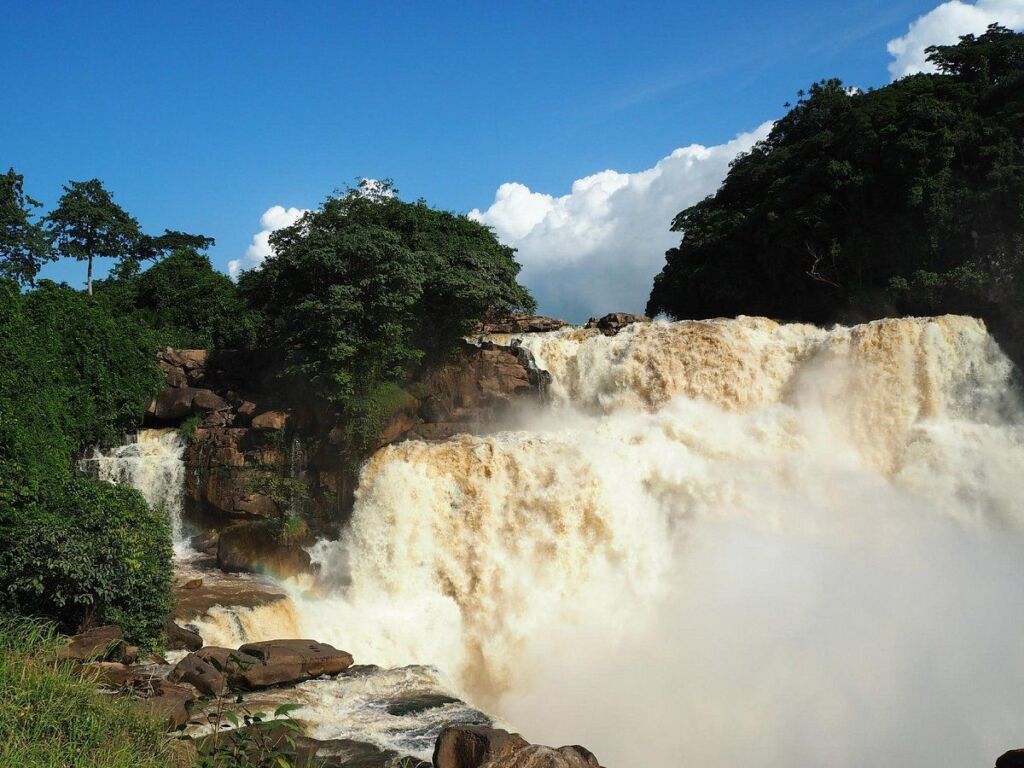
Day 4: Return to Kinshasa with a stop in Kisantu
Around 9:00 a.m. we leave for Kinshasa, stopping at Kisantu where we visit the orange brick cathedral and the magnificent National Botanical Garden. We arrive in Kinshasa in the late afternoon/early evening. (breakfast included)
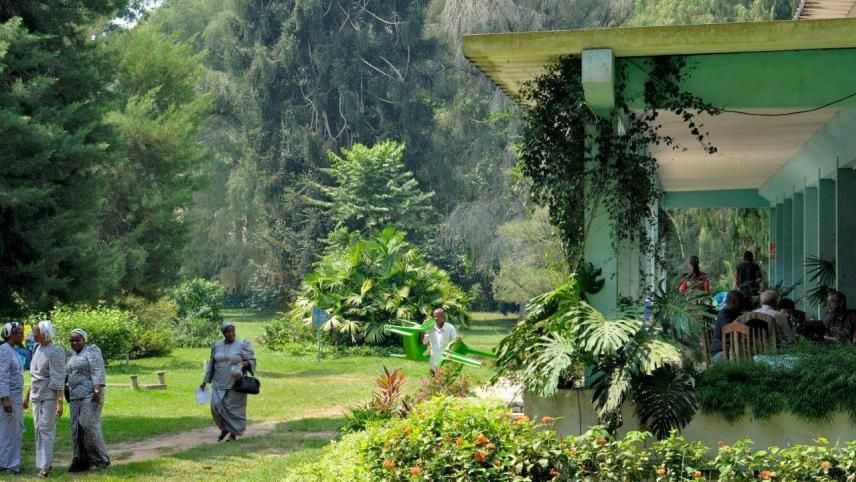
Day 5 and 6: Bombo Lumené
In the morning we take the direction of N’sele where we take a boat trip on the Congo River and we can also eat something nearby. Then we will go to Bombo Lumene on the Batéké plateau where we will spend two nights in a simple chalet. There is no electricity, but we always make a campfire. Simple local meals are prepared for us and we take time to walk around and explore the river. (all meals included)
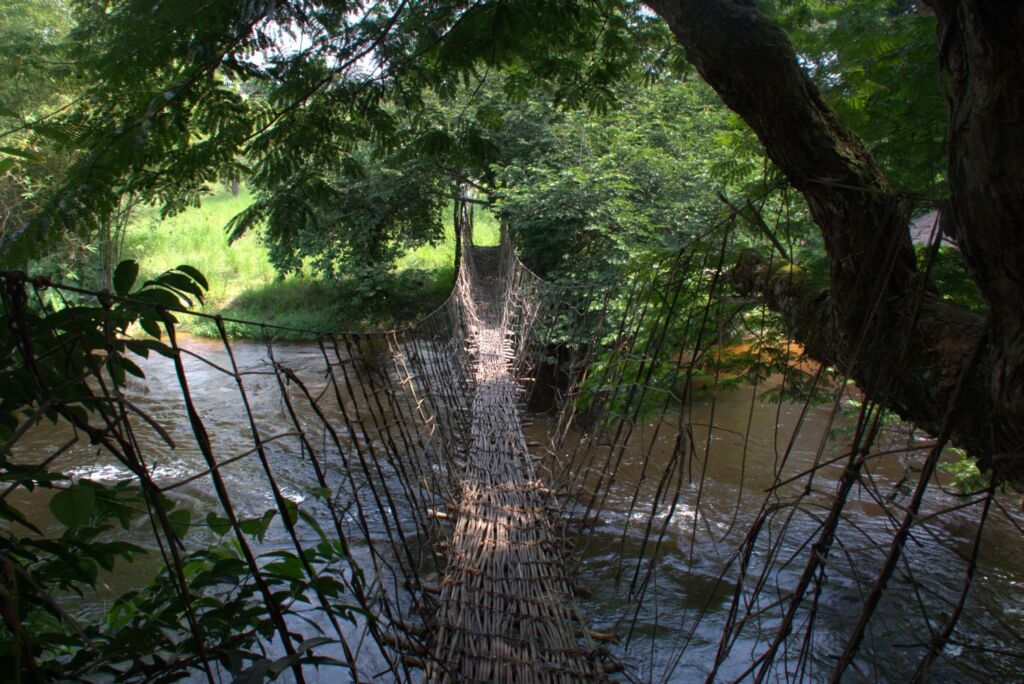
Day 7: Return to Kinshasa
We return to Kinshasa and do our PCR test first. Free evening in Kinshasa. We can eat together on a terrace somewhere and marvel at Kinshasa’s colorful and crazy nightlife. (breakfast included)
Day 8: Departure
We leave for the airport around and make sure you are checked in properly and safely.
We offer two formulas for this trip: budget and midrange. The stay in Bombo Lumene and Zongo is in any case simple, but correct chalets. However, there is no electricity in Bombo Lumene. In Kinshasa we stay in a simple but clean budget hotel in the middle of the city. If you want a more comfortable and luxurious hotel, we can suggest Rotana or Elais (Belgian property) which are the best hotels in town.
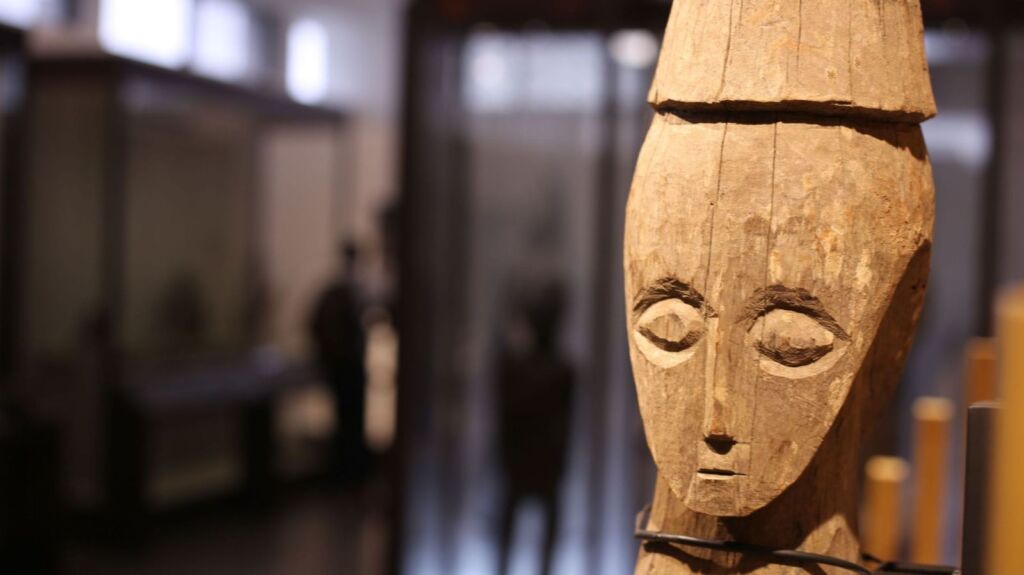
Make sure that you have been vaccinated against yellow fever and that you have your vaccination card with you, that you have also been vaccinated against COVID and that you have the necessary PCR test results with you if necessary if the airline asks you. We are not responsible for delayed or canceled flights. We try to follow the schedule as closely as possible, but keep in mind that this can always change and some flexibility is needed.
Included:
– Accommodation
– All activities and entrance fees
– Professional guide
– Transportation
– Breakfast and meal at Bombo Lumene
Not included:
– All other meals
– PCR testing
– Airport tax
– Drinks
Traveling to Congo is very expensive due to poor infrastructure. Many of our trips only become affordable from 3 to 4 people. We also offer group visits for several formulas. You can also request a group visit yourself, please contact us. Our prices are based on current circumstances, but these are subject to change and are primarily target prices. All prices are based on a shared room. If you want a single room, there will be an additional charge. Please note that it is not allowed to share a room with a person of the same sex in Congo. We are of course sorry for this and do not agree with this, but have no influence on this. We are not responsible for the consequences if our customers do not comply.
Accommodation is in midrange hotels If you want a more luxurious formula, let us know.
Take a look at our group tours to see if this trip is also offered.
